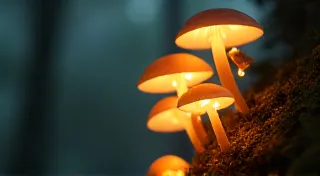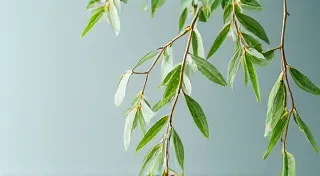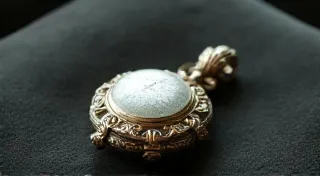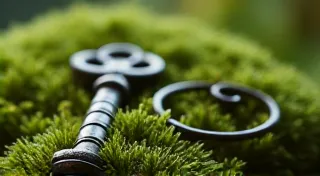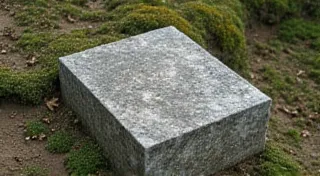The Miniature Arborist: A Primer on Bonsai Techniques for Dollhouses
There's a certain magic in the tiny. A quiet reverence that settles over you when you’re working with something so small, so painstakingly crafted. It’s a feeling I understand deeply, not just from my passion for miniature gardens, but also from a lifelong fascination with antique accordions. Holding one, feeling the weight of generations of skilled craftsmanship, hearing the faint echo of a Parisian street musician through its bellows – it’s a window into another era. The precision, the care, the sheer artistry involved... it’s truly humbling. And much like the dedication required to coax life and beauty into a miniature landscape, the same devotion is required to restore or simply appreciate the delicate workings of a vintage accordion. They both represent a connection to a past filled with artistry and patient creation.
That same spirit of dedication translates directly to miniature bonsai. It's about respecting the principles, understanding the artistry, and embracing the slow, deliberate process of creation. While full-scale bonsai cultivation can take decades – even a lifetime – of diligent care, we can capture the essence of that artistry within the miniature world of our dollhouses.

Understanding the Core Principles of Bonsai
Before we dive into the specifics of miniature bonsai, it’s crucial to grasp the underlying philosophy. Bonsai isn’t simply about dwarfing a tree. It's about representing a mature tree in nature within a container, often depicting it as if it has weathered the elements and grown in challenging conditions. Key aspects include:
- Age and Maturity: Bonsai aim to evoke a sense of age, often mimicking trees that have survived harsh conditions. This isn't about physical size, but about visual representation.
- Trunk Line: The trunk’s shape is paramount. It should be gracefully tapered, often with visible movement (curves and bends) to suggest resilience.
- Branch Placement: Branches should grow in a balanced way, mimicking how they would naturally grow in response to sunlight and wind. Avoid symmetry – nature rarely follows a symmetrical pattern.
- Rootage: The visible roots (nebari) are important for grounding the tree and adding visual interest.
- Container: The container itself is an integral part of the composition. It should complement the tree’s style and age.
Materials and Techniques for Miniature Bonsai
Of course, working in miniature presents unique challenges. We're not dealing with living trees; we're crafting them. Common materials include:
- Pre-made Miniature Trees: These can be found in craft stores or online and provide a good starting point, especially for beginners.
- Twigs and Branches: Gathered from your garden (or responsibly sourced) these can be shaped and sculpted.
- Wire (Aluminum or Copper): Essential for shaping branches. Aluminum is easier to work with, especially for delicate branches.
- Miniature Soil Mix: A gritty mix that provides drainage and aeration is crucial. Consider using a combination of fine sand, peat moss, and perlite.
- Scale Model Flower Pots: Look for miniature clay pots to house your bonsai. The right pot can vastly enhance the overall aesthetic. Exploring petite paradises and vertical miniature gardens can also offer fantastic inspiration for your bonsai containers and overall design.
The Art of Wiring – Shaping Your Miniature Tree
Wiring is arguably the most critical technique. It allows you to gently bend and position branches to achieve the desired shape. The process requires patience and a delicate touch. Here's a simplified breakdown:
- Prepare the Wire: Cut lengths of wire slightly longer than the branch you intend to shape.
- Anchor the Wire: Secure one end of the wire to the trunk or a stronger branch.
- Wrap the Branch: Wrap the wire around the branch at a 45-degree angle, ensuring it’s snug but not constricting.
- Bend and Position: Gently bend the branch into the desired position. Be mindful not to snap the branch.
- Monitor and Adjust: The wire will bite into the branch over time. Regularly check the wire and loosen or remove it before it causes damage.
Remember that miniature branches are extremely fragile. Start with gentle curves and avoid sharp bends.
Pruning for Shape and Health
Just as with full-scale bonsai, pruning is vital. It encourages growth in desired areas, maintains the tree's shape, and removes unwanted branches. Pruning in miniature is, naturally, incredibly precise work. Small, sharp scissors or tweezers are essential. Focus on:
- Removing Crossing Branches: Branches that cross each other can cause rubbing and damage.
- Thinning Crowded Areas: Reduce density to allow light and air to reach the inner branches.
- Pinching Back New Growth: This encourages branching and keeps the tree compact.
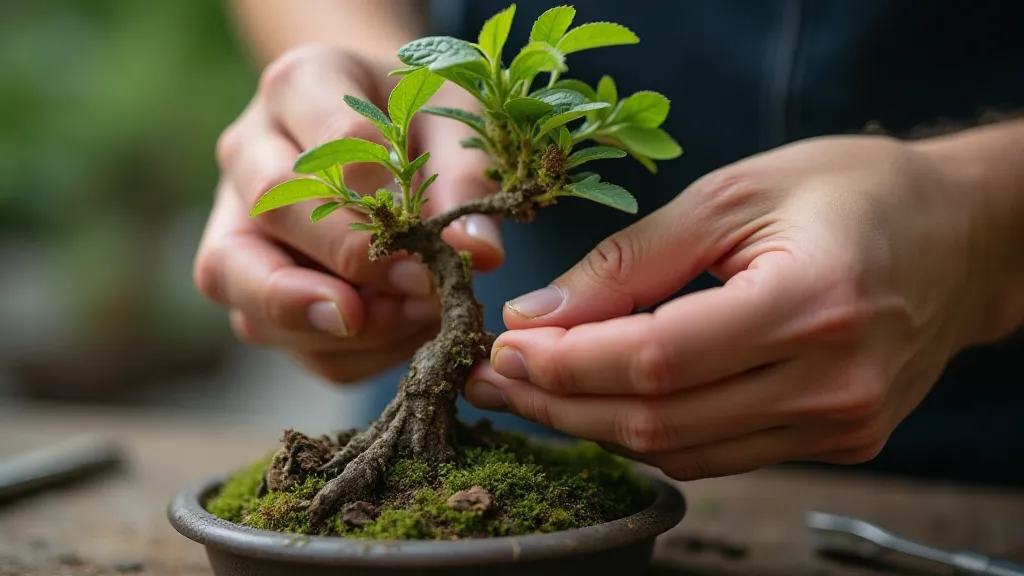
Creating Realistic Miniature Moss Cultivation
Moss often forms a natural ground cover in bonsai landscapes. Recreating that feeling in miniature can greatly enhance the realism. Gather natural moss (responsibly and sustainably) or purchase preserved moss from craft stores. A gritty soil mix and a miniature landscape tray will provide the perfect foundation. Remember to keep the moss slightly damp to maintain its vibrancy. Finding unique and aged elements for your miniature world, similar to a seasoned collector, can add layers of depth and realism – explore the collector's nook for vintage miniature garden elements to uncover hidden treasures.
Building Miniature Greenhouses - A Touch of Whimsy
For those wanting to add a touch of Victorian charm to their dollhouse garden, consider building a miniature greenhouse. These can be constructed from balsa wood, plexiglass, and miniature hinges. They not only provide a beautiful focal point but also offer a playful way to display your miniature bonsai and other plants. The interplay of light and shadow within these miniature structures can mimic the way a full-scale greenhouse nurtures life – explore designing glass labyrinths: designing miniature greenhouses for delicate blooms to learn more about creating these charming structures.
Terrarium Building Guide – A Living Miniature World
A terrarium offers a self-contained ecosystem within a glass container. Miniature bonsai can be incorporated into a terrarium, creating a captivating miniature landscape. Layering techniques are key: drainage layer (gravel), barrier (landscape fabric), soil mix, and then the plants. Choose plants that thrive in humid environments. Beyond the visual appeal, terrariums offer a fascinating microcosm of nature, a delicate balance of light, moisture, and life – think of them as miniature worlds contained within glass, mirroring the artistry and patience required to cultivate bonsai themselves.
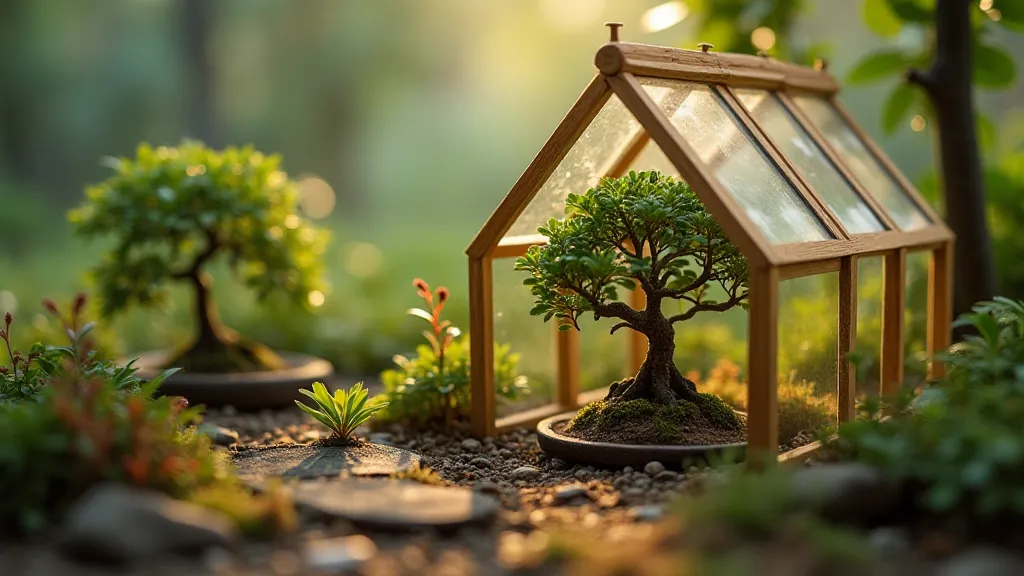
The Rewards of Patience and Craftsmanship
Creating miniature bonsai is more than just a hobby; it's a journey. It requires patience, a keen eye for detail, and a respect for the principles of bonsai. Like the meticulous restoration of an antique accordion, the creation of a miniature bonsai tree is a testament to the enduring power of human craftsmanship and a quiet celebration of the beauty that can be found in the smallest of things. It's a connection to a past filled with artistry, and a satisfying way to bring a piece of that artistry into your dollhouse world. The journey requires a commitment, an ability to see the potential in a simple twig and to shape it into a miniature work of art, reflecting not just skill but also a deep appreciation for the natural world. And just as a skilled restorer breathes new life into an antique instrument, the miniature arborist coaxes beauty and longevity into a tiny, carefully crafted landscape. The ability to transform humble materials into something exquisite is the hallmark of true craftsmanship – a testament to the enduring power of human creativity and the quiet satisfaction of bringing beauty into the world, one miniature tree at a time.
